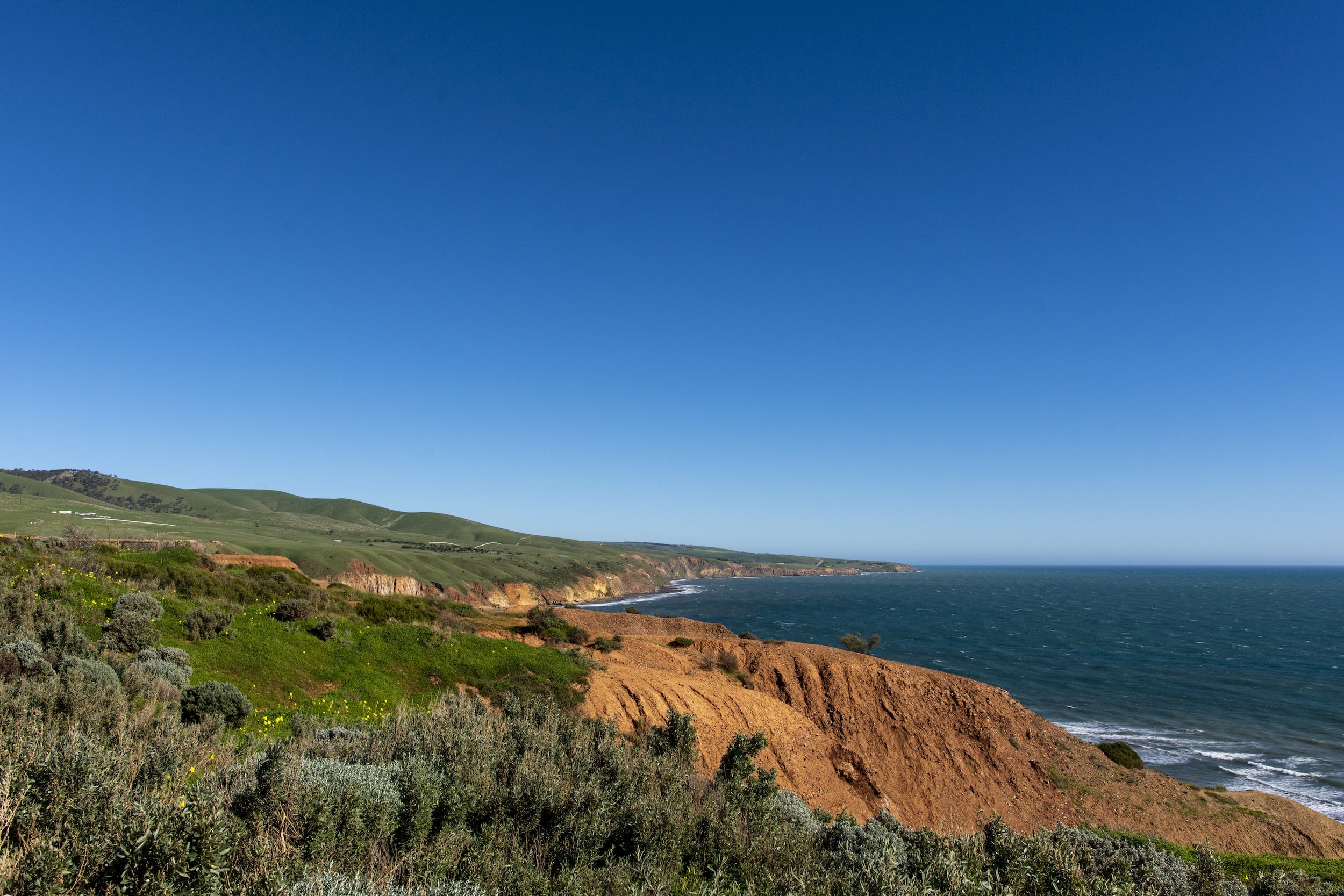
1080 in South Australia
An overview of 1080 in South Australia.
Frequently asked questions
-
The species targeted with 1080 poison in South Australia are dingoes, pigs, foxes and rabbits.
Though these are the target species, many others are at risk when 1080 poison is used.
You can learn more about non-target risks and secondary poisoning in the Evidence and Glossary sections of this website.
-
Depending on the target species, a range of bait materials are used in South Australia.
Meat baits are used to kill carnivores, such as dingoes and foxes.
-
1080 baiting in South Australia can occur all year round.
The South Australian Government provides recommended baiting times for target species. The Government recommends:
fox baiting in spring to coincide when adults are finding food for their cubs and in summer when the juveniles are moving into new territories
pig baiting in the dry season - through summer and autumn - when there is a lack of alternative food sources and water
dingo baiting in spring, summer and autumn
rabbit baiting in summer when there is a lack of alternative food resources.
-
The use of 1080 poison in South Australia is regulated by the Department of Primary Industries and Regions and SA Health. Regional landscape boards, as well as the National Parks and Wildlife Service and the Dog Fence Board all have 1080 baiting licences issued by SA Health. These licences allow them to train landholders and provide them with baits. The South Australian Government also runs a program known as “Biteback” which provides landholders with 1080 bait-mixing services, year-round and access to manufactured baits used to kill dingoes.
In South Australia, under the Agricultural and Veterinary Products (Control of Use) Act 2002 it is a legal requirement when using 1080 baits to:
use baits that are registered in South Australia
follow label instruments and Directions for Use
not possess or use “home-made” baits.
-
General requirements
Properties in South Australia must be at least 5 hectares to bait foxes with 1080 poison. If properties are less than 5 hectares, landholders can form a group with neighbours to combine property sizes to make up 5 hectares for a coordinated baiting program. These programs must be coordinated with an accredited officer.
Distance requirements
1080 baits must be placed at least:
500m from a dwelling (other than own dwelling) or public building
20m from permanent or flowing water bodies
5m inside boundary fences, allow greater distances wherever possible
20m from the edge of public roadways without a boundary fence.
There a number of conditions that reduce these requirements. For example, rabbit baits and some pig baits can be laid 150m from a dwelling.
-
Notifying neighbours
Users must notify all neighbours, including neighbours separated by a road, at least 72 hours before any baits are laid.
Warning signs
Warning signs must be placed on signs on all property entry point and fences that border public roads. The signs must warn people that 1080 poison is not safe for domestic animals and livestock.
Have you seen a warning sign in South Australia? Let us know.
-
Yes. Aerial baiting targeting foxes and dingoes is undertaken in South Australia.
The “Biteback” program targeting dingoes drops over 50,000 baits on approximately 10,000km of pastoral properties.
-
No.
Inside the Dingo Fence in South Australia, dingoes are a “declared pest” under the Natural Resources Management Act 2004. Outside the Dingo Fence, they are “neither specifically protected or declared” and landholders are encouraged to limit lethal control activities.
The South Australian Government recommends that the level of lethal control outside the Dingo Fence should be restricted by limiting the amount of baits available for each property on an annual basis in order to “support the ecological role of the wild dog”.
-
Baits and poisoned carcasses that are not recovered after the end of a 1080 baiting operation pose threats to dogs, birds and other native wildlife for some time afterwards. The South Australian Government recommends all users of 1080 to “always assume 1080 baits are lethal”.
Despite the known threat of secondary poisoning, collecting untaken baits and toxic carcasses is not a legal requirement.
In South Australia, it is only recommended that users of 1080 poison pick up untaken baits.
-
If you suspect a pet died from 1080 poisoning in South Australia, visit our step-by-step guide.
If you need support, please contact us.
-
The relevant contact details are provided below.
Simply click the email link to send an email opposing the use of 1080 today.
Clare Scriven - Minister for Primary Industries and Regional Development
(08) 8226 2931 | minister.scriven@sa.gov.auSusan Close - Minister for Climate, Environment and Water
(08) 8226 8520 | officeofthedeputypremier@sa.gov.au
Laws, regulations and other instruments
-
Agricultural and Veterinary Products (Control of Use) Act 2002 provides a framework for chemical users, sets out what is responsible use and contains provisions that give powers to control people. For example, compliance orders can be issued under Section 30 of the Act if a person possesses or uses an unregistered pesticide without a permit.
Animal Welfare Act 1985 is the principal animal welfare legislation in South Australia. Under Section 44, the corresponding Regulations made under the Act can regulate the poisoning of animals.
Controlled Substances Act 1984 contains offences relating to the use of controlled substances. These include
National Parks and Wildlife Act 1972 contains provisions and penalties relating to the use of poisons. Section 65 of the Act contains offences relating to the use of poisons to kill protected animals. It also contains a defence if the defendant can show that they “used the poison in good faith for the purpose of destroying vermin” and “exercised such precautions as the defendant might reasonably be expected to have exercised in the circumstances to avoid endangering protected animals by the use of poison”.
-
Agricultural and Veterinary Products (Control of Use) Regulations 2017 defines label directions for pesticides that must be followed and contains restrictions on certain chemicals.
Controlled Substances (Pesticides) Regulations 2017 covers licensing for “pest” controllers.
-
